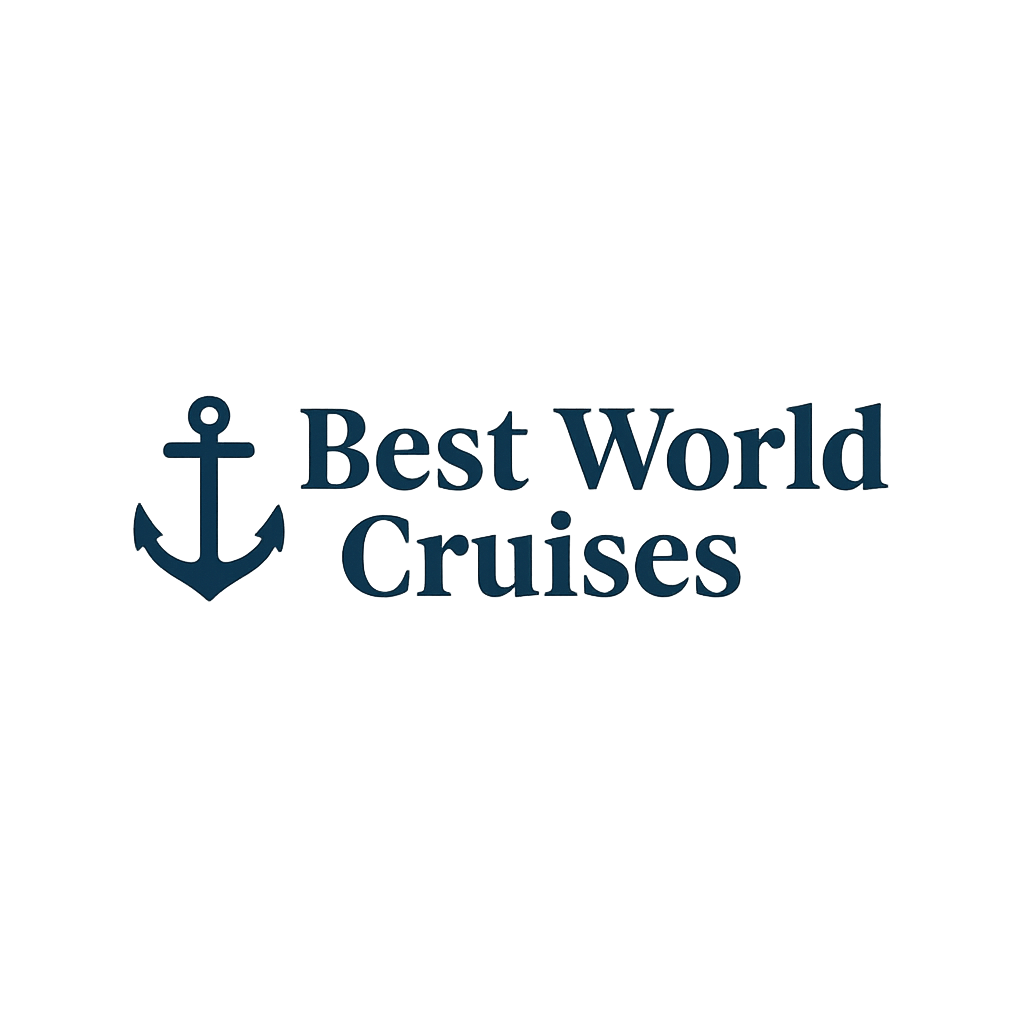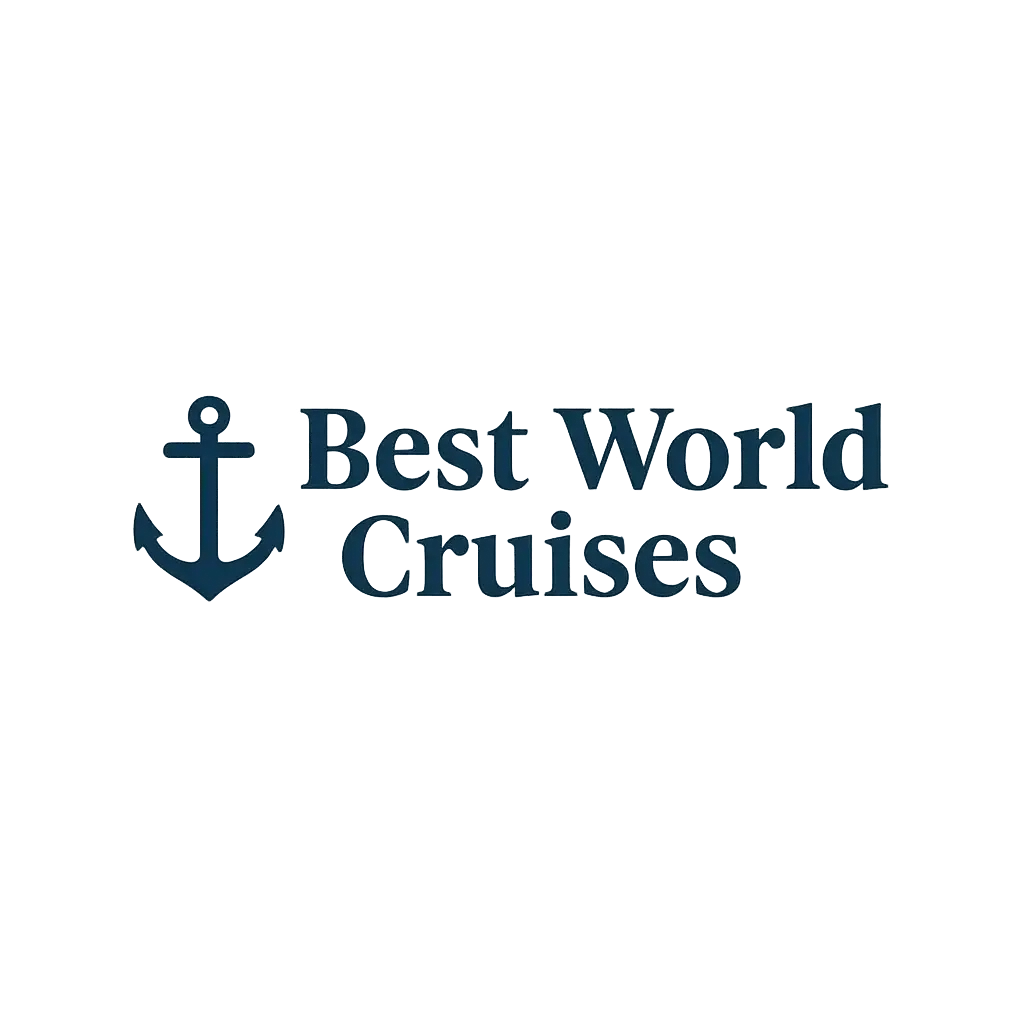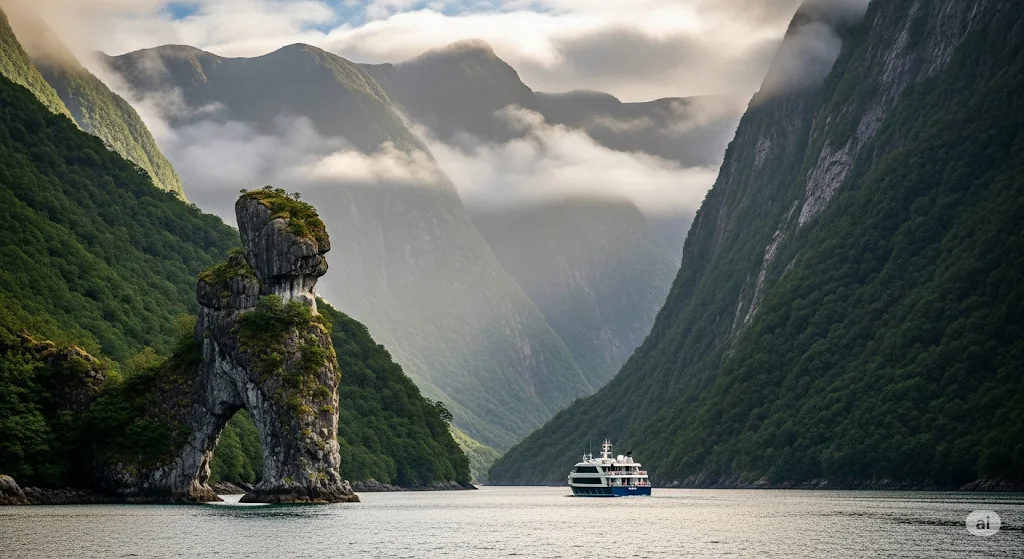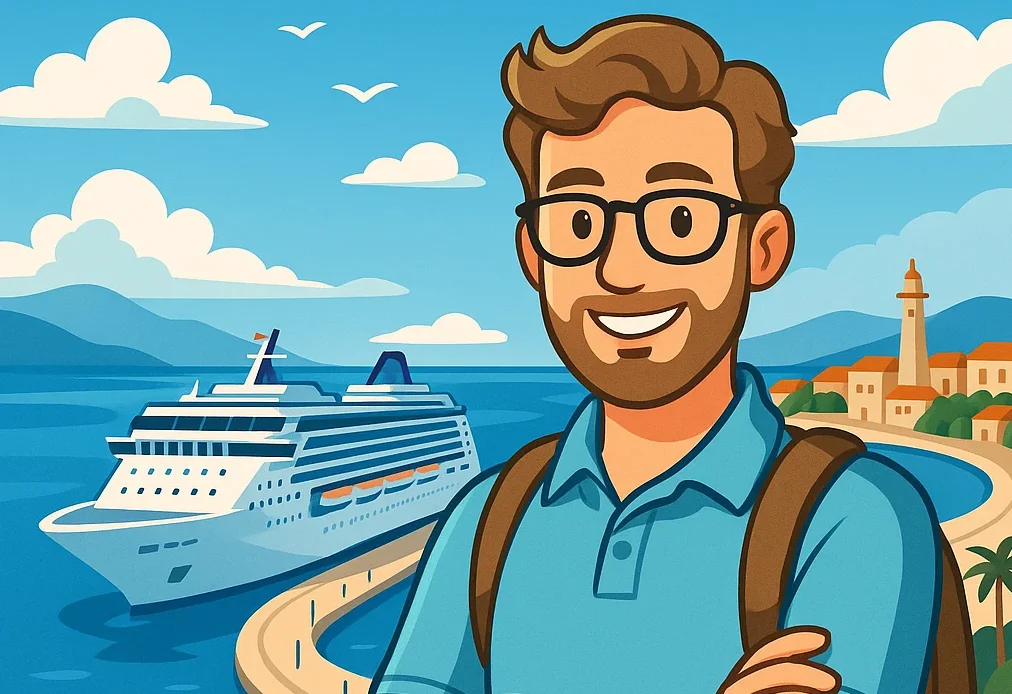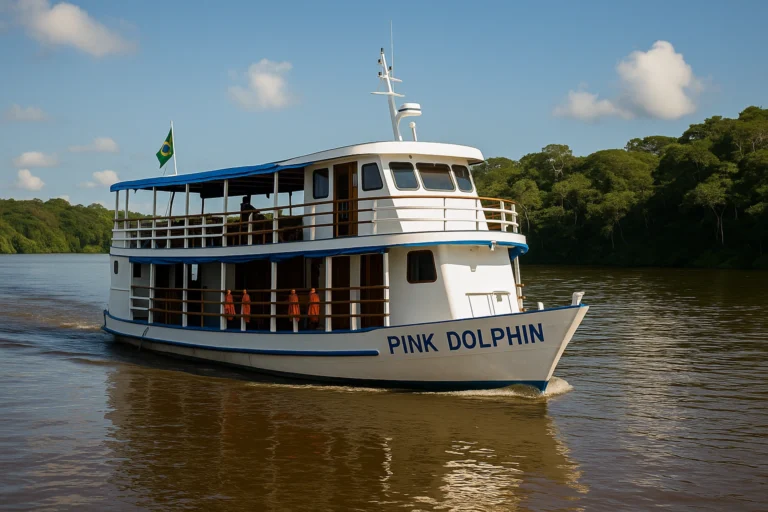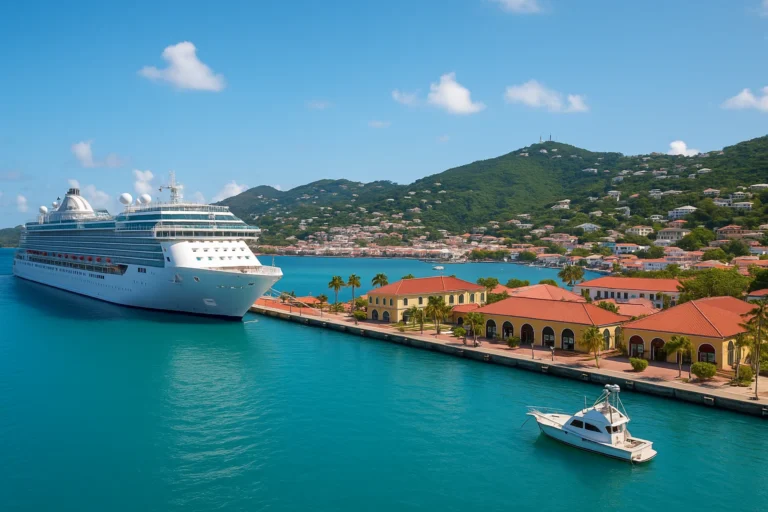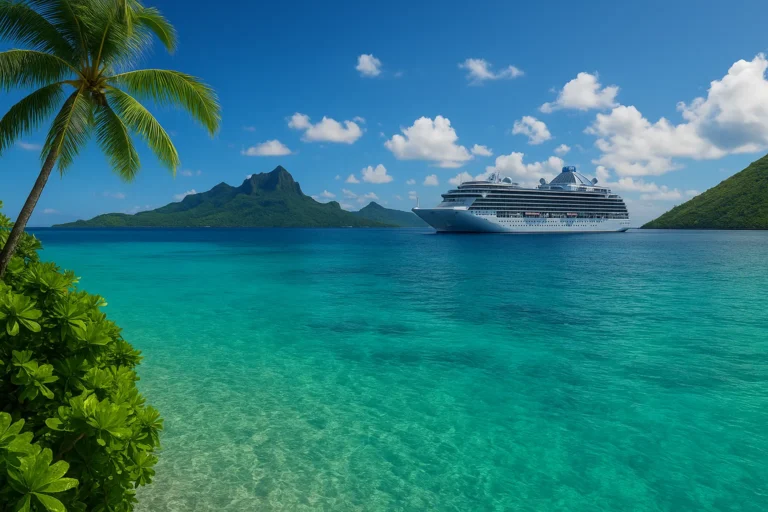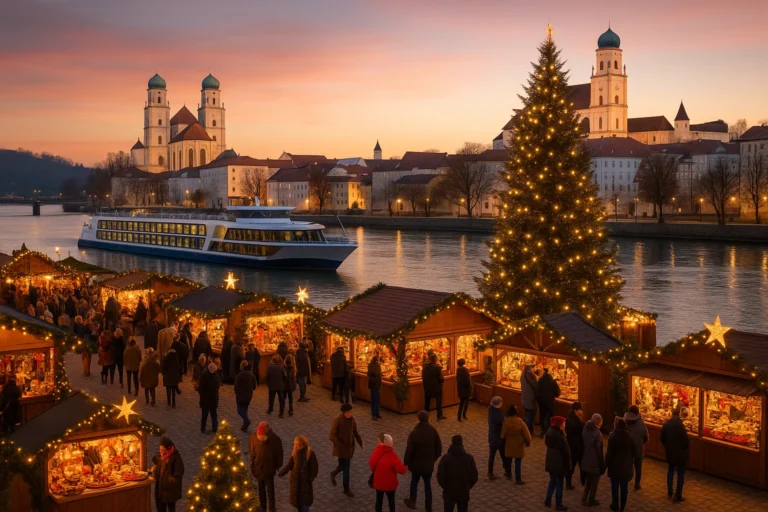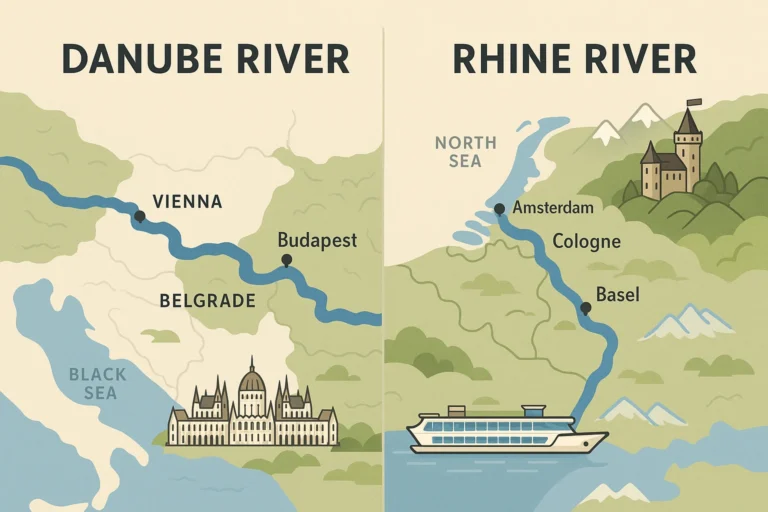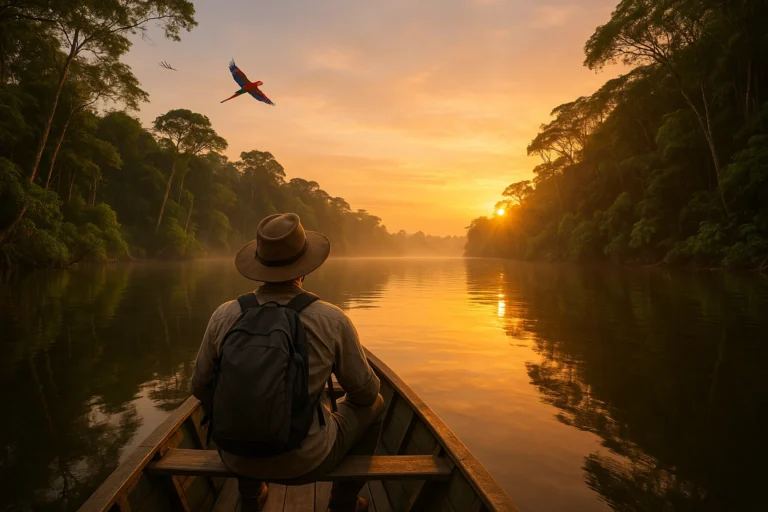Underrated Cruise Destinations Most Travelers Miss: A Comprehensive Guide
These destinations are not just places to visit; they are experiences that challenge the conventional idea of cruising. They offer a blend of raw, untouched nature, deep historical significance, and a sense of discovery that is often lost on larger, more commercial routes. From the rugged beauty of volcanic islands to the pristine wilderness of vast fjords, these cruises promise more than just a relaxing vacation—they offer a genuine adventure.
1. The Faroe Islands: A Viking Seafaring Adventure ⚓
Tucked away in the North Atlantic between Norway and Iceland, the Faroe Islands are an archipelago of 18 volcanic islands known for their dramatic landscapes, unique culture, and thriving birdlife. A cruise here is not a tropical escape; it’s a journey into a world of mist-shrouded cliffs, grass-roofed houses, and a silence broken only by the sound of crashing waves and seabirds.
Geography and Climate
The Faroes are defined by their rugged, steep cliffs and deep fjords. The weather is notoriously unpredictable, with all four seasons capable of appearing in a single day. This is part of their charm, creating an ever-changing canvas of light and shadow that is a photographer’s dream. The islands are largely treeless, with a landscape dominated by green, rolling hills and a unique flora adapted to the harsh oceanic climate.
Key Locations to Visit
- **Tórshavn:** The charming capital, one of the smallest in the world, with its historic Tinganes district featuring traditional turf-roofed buildings.
- **Mykines:** A haven for puffin lovers, home to thousands of these charismatic birds during the summer months.
- **Gásadalur:** A village famous for its stunning waterfall, Múlafossur, which cascades directly into the sea.
Culture and History
The Faroese culture is a rich tapestry of Nordic traditions and a distinct local identity. The islands have been inhabited since the Viking Age, and this heritage is still very much alive. The local language, Faroese, is a descendant of Old Norse, and traditional chain dancing is a unique cultural practice. The cuisine is heavily based on lamb, fish, and potatoes, with unique fermentation techniques that reflect the islands’ history of self-sufficiency.
Unique Excursions and Activities
- **Hiking:** Explore the well-maintained trails that lead to breathtaking viewpoints and remote villages.
- **Birdwatching:** The Faroe Islands are a paradise for ornithologists, with a vast number of seabirds nesting on the cliffs.
- **Village Life:** Visit small, picturesque villages to experience the slow-paced, traditional way of life.
2. The Great Lakes: North America’s Freshwater Ocean 🛶
Cruising the Great Lakes is a journey that offers a completely different perspective on North America. Often overlooked, these inland seas provide access to a rich history, vibrant port cities, and spectacular natural beauty. It’s a cruise experience that feels both familiar and exotic, revealing a side of the continent most people never see.
The Route and its Highlights
A typical Great Lakes cruise itinerary navigates through Lakes Ontario, Erie, Huron, Michigan, and Superior, often connecting them via the Welland Canal and the Soo Locks. This allows for a seamless journey from bustling urban centers to remote, untouched islands. The routes are varied, but most include a mix of cultural and natural attractions.
Essential Stops on the Cruise
- **Chicago, Illinois:** A vibrant city with world-class architecture, museums, and a thriving food scene.
- **Mackinac Island, Michigan:** A car-free island frozen in time, where horse-drawn carriages and Victorian architecture dominate.
- **Niagara Falls:** Witness the power of this natural wonder from the Canadian side, a key highlight for many itineraries.
- **Apostle Islands, Wisconsin:** Explore a national lakeshore with sea caves, lighthouses, and pristine beaches.
- **Thunder Bay, Ontario:** Discover the rugged, boreal forest and indigenous culture of Northern Ontario.
History and Economy
The Great Lakes have been a vital part of North American history for centuries, serving as a trade route for indigenous peoples, French explorers, and later, a key artery for industrial transport. The region’s history is steeped in tales of fur traders, lumberjacks, and maritime commerce. Today, the lakes are a critical part of the North American economy, with massive freighters transporting iron ore, grain, and other goods. A cruise offers a front-row seat to this industrial ballet while also celebrating the region’s rich cultural past.
The Cruise Experience
- **Smaller Ships:** Great Lakes cruises are typically on smaller, expedition-style ships, allowing for access to smaller ports and a more intimate experience.
- **Educational Focus:** Many cruises have onboard naturalists and historians who provide insight into the region’s ecology and history.
- **Diverse Activities:** From city tours and museum visits to kayaking and hiking, the activities are as varied as the landscape.
3. The Kimberley Coast, Australia: The Last Frontier 🏞️
The Kimberley Coast, located in the northwestern part of Australia, is one of the world’s most pristine and remote wilderness areas. A cruise here is not about luxury resorts; it’s about raw, untamed nature, ancient Aboriginal art, and a landscape that feels a million miles away from anywhere else on Earth. This is a destination for true adventurers and nature lovers seeking an authentic, off-the-grid experience.
A Landscape Shaped by Time
The Kimberley’s landscape is a testament to millions of years of geological forces. It features spectacular red sandstone gorges, tidal waterfalls, and an intricate network of rivers and estuaries. The region is home to a unique and diverse ecosystem, with saltwater crocodiles, humpback whales, and a myriad of bird species calling it home. The tides are some of the biggest in the world, creating a dynamic and ever-changing coastal environment.
Must-See Natural Wonders
- **Horizontal Falls:** Described by David Attenborough as “one of the greatest natural wonders of the world,” these tidal waterfalls are a sight to behold.
- **Montgomery Reef:** A massive reef that appears to rise out of the ocean at low tide, creating a stunning spectacle of cascading waterfalls.
- **King George Falls:** A majestic twin waterfall that plunges over ancient sandstone cliffs.
Ancient Aboriginal Culture
The Kimberley is home to a rich and vibrant Aboriginal culture, with some of the world’s oldest rock art found in the region. Many cruises offer guided tours with indigenous elders who share their ancient stories, traditions, and deep connection to the land. This cultural immersion is a key part of the Kimberley experience, offering a profound insight into a civilization that has thrived here for over 40,000 years.
Expedition-Style Cruising
- **Zodiac Boats:** The only way to truly explore the intricate waterways and get up close to the gorges and wildlife.
- **Onboard Experts:** Cruises feature a team of naturalists, geologists, and cultural experts who provide lectures and guidance.
- **Limited Access:** Due to the region’s protected status, only a limited number of small ships can operate here, ensuring a minimal environmental footprint.
4. The Chilean Fjords: Patagonia’s Majestic Waterways 🏔️
While Alaska’s fjords are famous, their southern counterparts in Chile offer an equally, if not more, dramatic and remote cruising experience. The Chilean Fjords are a labyrinth of ice-carved channels, towering glaciers, and snow-capped peaks that stretch for thousands of miles along the coast of Patagonia. A cruise here is a journey into a pristine wilderness that feels like the end of the world.
📂 Explore More in These Categories
Asia Cruises 2025: Best Itineraries, Ports & Deals
Best Cruise Destinations in 2025: Caribbean, Europe & Bucket List Ports
A World of Ice and Water
The landscape is dominated by the Southern Patagonian Ice Field, which feeds dozens of glaciers that calve directly into the sea. The channels are narrow and deep, with sheer rock walls rising thousands of feet from the water. The flora and fauna are unique, with species adapted to the harsh sub-Antarctic climate, including Magellanic penguins, sea lions, and cormorants.
Highlights of the Itinerary
- **Punta Arenas:** The starting point for many cruises, a vibrant city with a rich maritime history.
- **Seno Almirantazgo:** A fjord where you can witness the stunning beauty of glaciers and often spot a variety of wildlife.
- **Glacier Alley:** A scenic passage through a series of glaciers named after European countries.
- **Cape Horn:** The legendary, storm-swept headland at the very tip of South America.
Exploration and History
The Chilean Fjords have a history of exploration dating back to Ferdinand Magellan and Charles Darwin. The indigenous Kawésqar and Yaghan people navigated these waterways for centuries, leaving behind a legacy of survival and adaptation. Today, cruises here are led by experienced expedition teams who are experts in glaciology, marine biology, and local history, providing a rich educational component to the journey.
Cruising the End of the World
- **Small Ships:** This region is best explored on small, ice-strengthened expedition ships that can navigate the narrow channels and withstand the occasional rough seas.
- **Wildlife Encounters:** The chance to see penguins, sea lions, and various marine birds is a key draw.
- **Glacier Viewing:** A highlight is witnessing massive glaciers calving into the sea, a truly awe-inspiring natural event.
5. The Japanese Islands: A Cultural and Natural Tapestry 🌸
While Japan is a popular destination, a cruise that explores its lesser-known islands is an underrated and deeply rewarding experience. Beyond the bustling cities of Tokyo and Kyoto, the Japanese archipelago is a mosaic of islands, each with its own unique history, culture, and natural beauty. A cruise here allows you to explore remote temples, ancient samurai districts, and volcanic landscapes, all while enjoying the legendary hospitality and cuisine of Japan.
Hidden Ports and Pristine Nature
A typical cruise itinerary might include calls at ports like Kanazawa, known for its well-preserved samurai and geisha districts; the volcanic island of Kagoshima, with its active volcano Sakurajima; and the subtropical islands of Okinawa, with their unique culture and stunning coral reefs. This allows for a deeper dive into Japan’s diverse regions, away from the typical tourist routes.
Highlights of the Japanese Archipelago
- **Kanazawa:** Known as “Little Kyoto,” it offers beautiful gardens (Kenrokuen), a historic castle, and traditional crafts.
- **Okinawa:** Discover a unique blend of Japanese, Chinese, and Southeast Asian cultures in a tropical paradise.
- **Hokkaido:** Explore the northernmost island, with its pristine national parks, unique wildlife, and delicious seafood.
- **Naoshima:** The “Art Island,” famous for its modern art museums and installations.
Cuisine and Traditions
A Japanese island cruise is a feast for the senses. You can indulge in fresh, local seafood, traditional regional dishes, and sake tastings. The cultural experiences are rich and varied, with opportunities to participate in a traditional tea ceremony, visit ancient shrines and temples, or witness local festivals. The smaller, more intimate ports allow for a genuine connection with local communities and a deeper understanding of Japanese traditions.
The Cruise Experience
- **Cultural Immersion:** The itineraries are designed to maximize cultural experiences, with knowledgeable guides and unique excursions.
- **Scenic Cruising:** The journey between islands offers stunning views of the coast, with volcanic peaks, lush green hills, and tranquil fishing villages.
- **Seasonal Beauty:** A cruise can be planned to coincide with the cherry blossom season in spring or the vibrant fall foliage, adding an extra layer of beauty to the trip.
Conclusion and Frequently Asked Questions (FAQ) 📖
The world of cruising is vast and full of possibilities beyond the well-known destinations. The Faroe Islands, the Great Lakes, the Kimberley Coast, the Chilean Fjords, and the Japanese Islands are just a few examples of the extraordinary experiences that await the intrepid traveler. These destinations offer a chance to connect with nature, history, and culture on a deeper level, away from the crowds. By choosing an underrated cruise, you are not just booking a vacation; you are embarking on an unforgettable journey of discovery and adventure.
Frequently Asked Questions (FAQ)
- What is an “underrated” cruise destination?An underrated cruise destination is a location that offers a unique and spectacular experience but is not as widely known or heavily trafficked as traditional cruise routes like the Caribbean or the Mediterranean. These destinations often cater to more adventurous travelers and are typically visited by smaller, expedition-style ships.
- What kind of ships go to these destinations?These itineraries are almost exclusively served by smaller expedition ships or luxury yachts. Unlike large, mass-market cruise liners, these vessels are designed to navigate narrow channels, access remote ports, and handle more challenging sea conditions. They also offer a more intimate and personalized experience with a focus on education and exploration.
- Are these cruises more expensive than traditional cruises?Prices can vary widely depending on the destination, the length of the cruise, and the level of luxury. Some expedition cruises to remote areas like the Kimberley or the Chilean Fjords can be more expensive than a standard Caribbean cruise due to the specialized nature of the trip and the inclusion of expert guides and unique excursions. However, a Great Lakes cruise might be comparable to a standard European river cruise.
- When is the best time to visit these destinations?The timing is highly specific to the destination. The Great Lakes are best in late spring and summer (May-September). The Faroe Islands are best in summer (June-August) for puffins and milder weather. The Kimberley Coast is best during the dry season (April-October). The Chilean Fjords are best from late spring to early autumn (October-March). Japan is beautiful year-round, but spring (March-April) and autumn (October-November) are particularly popular for the cherry blossoms and fall foliage, respectively.
- What should I pack for an underrated cruise?Packing for these cruises requires a different approach than for a tropical vacation. You’ll need layers, waterproof jackets, comfortable hiking boots, and possibly thermal wear for colder destinations like the Faroe Islands or Chile. It’s best to check the specific itinerary and climate for your chosen destination. A good pair of binoculars is also highly recommended for wildlife viewing.
Final Thoughts: These cruise destinations offer a window into a world of adventure and natural beauty often missed by mainstream travel. Which of these hidden gems would you choose for your next trip? Let us know in the comments below!
